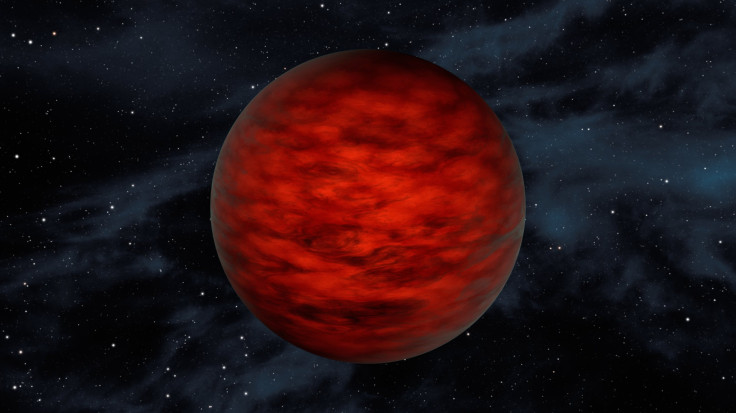Meet WISEA 1147: A Young, Free-Floating Low-Mass Brown Dwarf

In the universe we inhabit, free-floating worlds — wanderers in the truest sense of the word — are dime a dozen. Although scientists are still not sure where these objects — which may very well outnumber planets with suns — come from, a new NASA study has provided fresh evidence that at least some of them might be low-mass stars known as brown dwarfs.
In a statement released Wednesday, NASA described the discovery and identification of WISEA J114724.10−204021.3, a free-floating, planetary-mass object located within a 10-million year old stellar association — a term used to describe a large and loose group of young stars.
This object, known as WISEA 1147 in short, is located in the TW Hydrae family, which lies about 175 light-years from Earth. Scientists now believe that WISEA 1147, which is between five to ten times the mass of Jupiter, may be one of those free-floating worlds that began their life as a brown dwarf rather than as a planet.

“Because the object was found to be a member of the TW Hydrae family of very young stars, astronomers know that it is also very young — only 10 million years old. And because planets require at least 10 million years to form, and probably longer to get themselves kicked out of a star system, WISEA 1147 is likely a brown dwarf,” NASA said in the statement.
Brown dwarfs have the awkward distinction of being too large to be called planets and too small to be categorized as stars — even though they form the same way as stars do. These failed stars are extremely dim as compared to their hotter counterparts, but their heat signatures light up when viewed in infrared images.
WISEA 1147, for instance, shone brilliantly in images captured by NASA's Wide-field Infrared Survey Explorer, WISE, and the Two Micron All Sky Survey, or 2MASS. After further analysis, scientists discovered that WISEA 1147 was one of the youngest, and perhaps the lowest-mass, brown dwarfs ever detected.
“We can understand exoplanets better by studying young and glowing low-mass brown dwarfs,” Adam Schneider of the University of Toledo in Ohio, lead author of a new study accepted for publication in The Astrophysical Journal, said in a statement. “With continued monitoring, it may be possible to trace the history of WISEA 1147 to confirm whether or not it formed in isolation.”
© Copyright IBTimes 2024. All rights reserved.





















